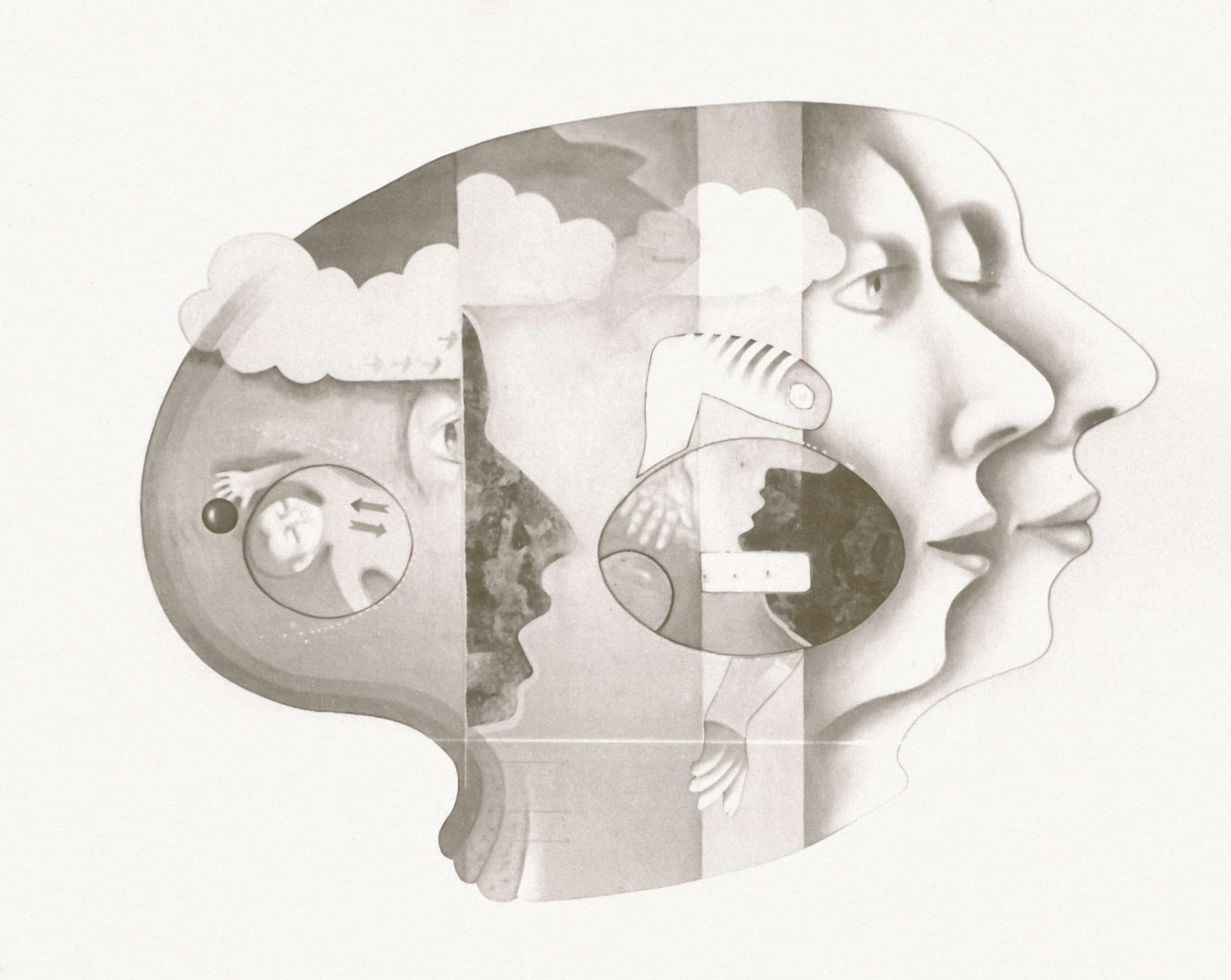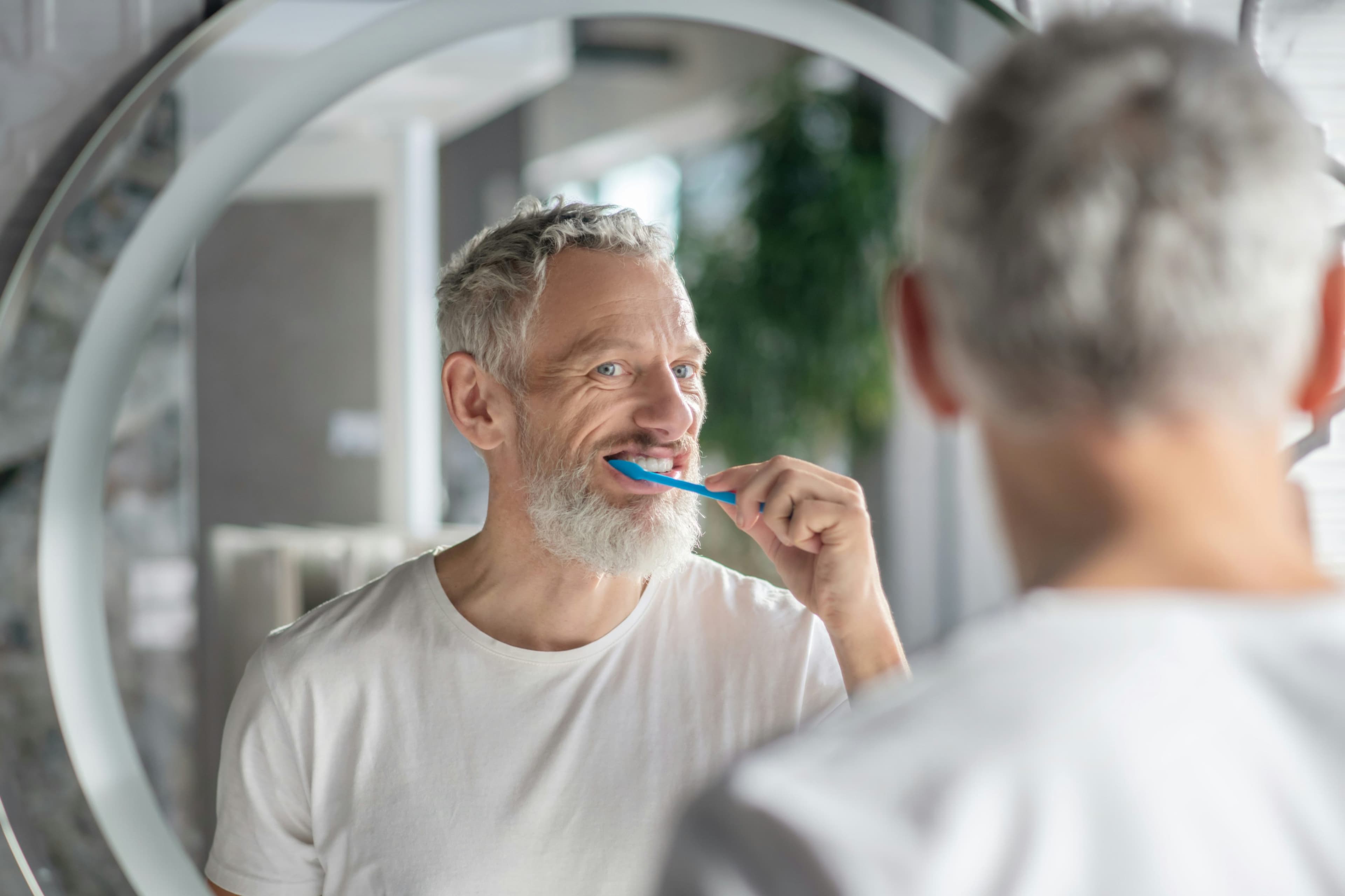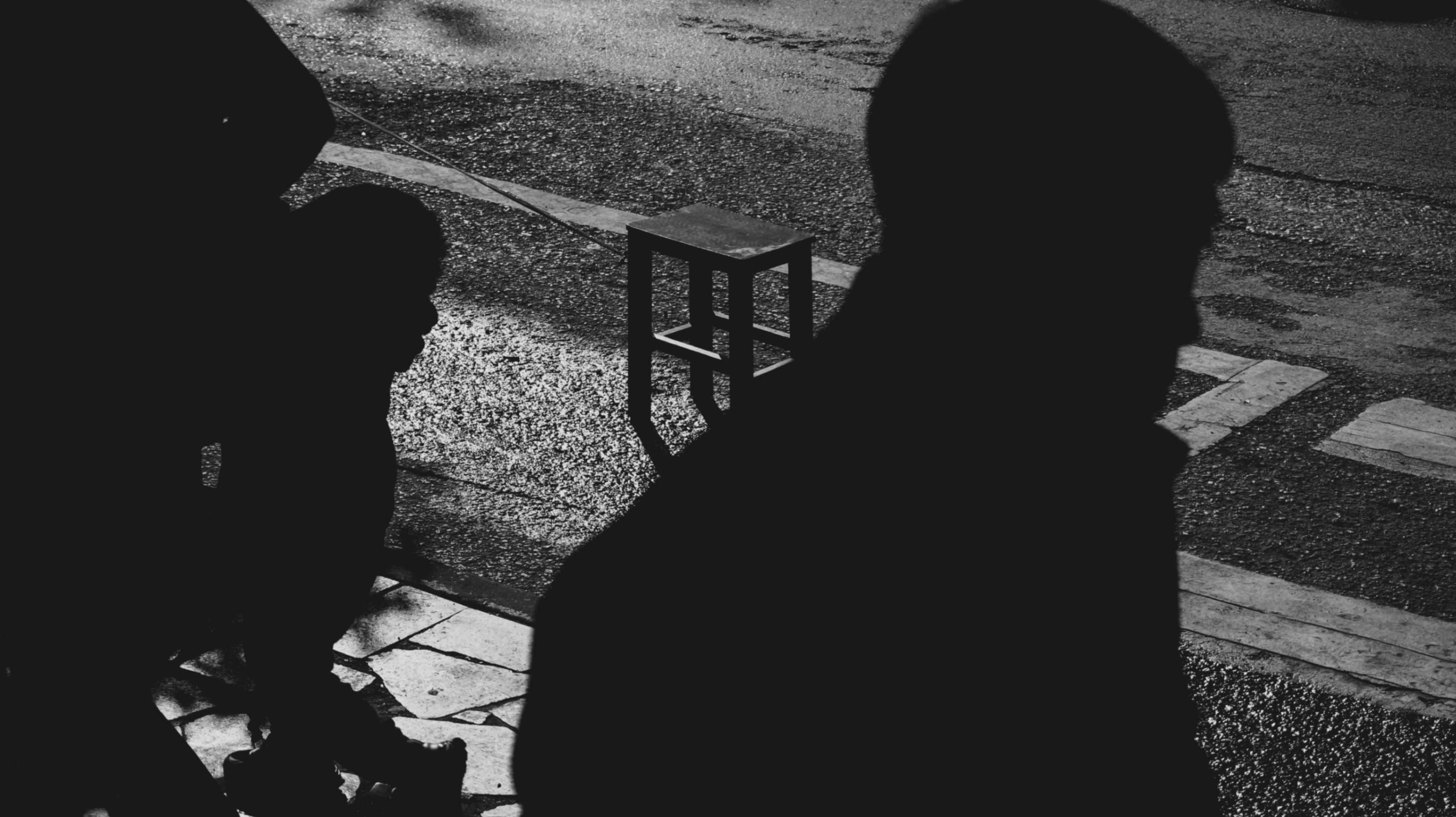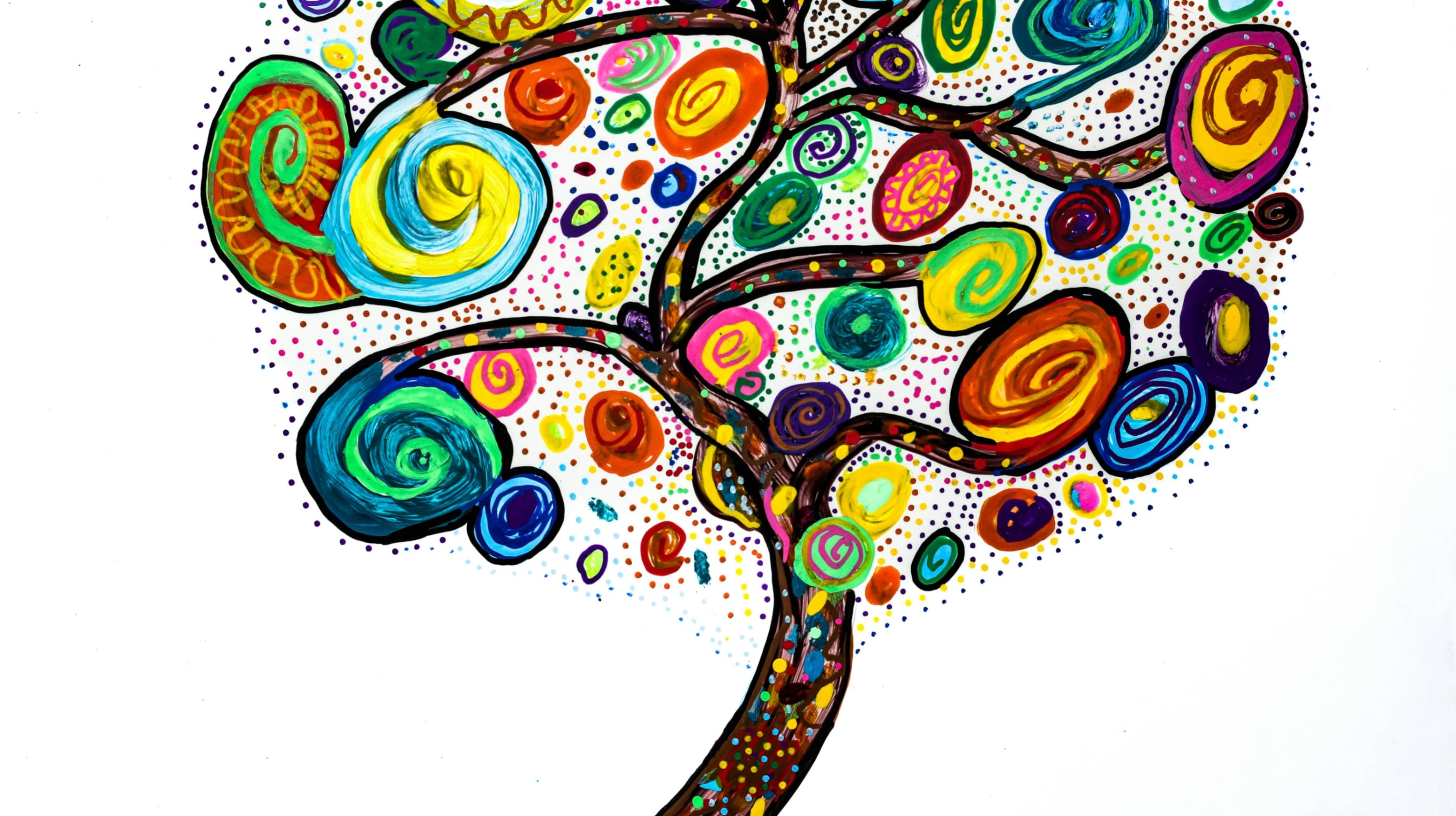
Biohacking Mental Wellness: Science-Backed Habits for a Sharper Mind
Cold exposure, particularly through cold showers or ice baths, is gaining credibility as a mental wellness strategy. This method activates the sympathetic nervous system, releasing norepinephrine, a neurotransmitter associated with improved attention and mood regulation. Studies have shown that repeated cold exposure can help reduce symptoms of depression and anxiety by influencing brain chemistry and enhancing resilience to stressors1. For municipal employees in high-stress roles, this intervention offers a low-cost method to manage daily psychological strain.
Municipal wellness programs can pilot controlled cold exposure initiatives by partnering with local fitness centers or wellness providers. These programs should begin with brief, supervised exposure to avoid risks associated with underlying health conditions. Training staff on best practices, such as gradual acclimatization and contraindications, ensures safety and sustainability. Integrating cold exposure into a broader wellness strategy can enhance both personal resilience and workplace morale2.
Light Therapy for Circadian Regulation and Mood Stability
Light therapy is a clinically supported method for regulating circadian rhythms and improving mood, especially during low-light months. Exposure to bright light in the morning can help reset the body’s internal clock, promoting better sleep quality and reducing symptoms of seasonal affective disorder (SAD). Research conducted by the National Institute of Mental Health has validated the use of light boxes emitting 10,000 lux for 20-30 minutes daily as an effective treatment for SAD and other mood disturbances3.
Municipal offices can support mental wellness by installing circadian lighting in workspaces or offering light therapy equipment in staff wellness areas. This is particularly beneficial for employees working early shifts or in windowless environments. Providing education on the importance of light exposure and timing can further enhance staff engagement with these tools. A simple integration of light therapy can support consistent energy levels and emotional balance throughout the workday4.
Meditation Apps: Accessible Tools for Cognitive Performance
Meditation applications have become an accessible entry point for mental wellness, offering guided mindfulness practices that improve focus, reduce anxiety, and enhance emotional regulation. Apps such as Headspace and Calm are grounded in evidence-based practices like mindfulness-based stress reduction (MBSR), which has been shown to lower cortisol levels and improve executive function5. These benefits are especially valuable in high-pressure municipal roles requiring sustained attention and emotional intelligence.
To encourage adoption, municipalities can provide premium app subscriptions as part of their employee wellness benefits. Hosting short, guided meditation sessions during work hours or within staff meetings can normalize the practice and demonstrate leadership buy-in. For departments with limited resources, offering group sessions led by trained staff or community volunteers can be a cost-effective alternative. Embedding mindfulness into the work culture not only supports individual well-being but also fosters a more attentive and collaborative workforce6.
Sleep Hygiene: Foundational to Biohacked Wellness
Sleep hygiene remains a cornerstone of cognitive and emotional wellness. Poor sleep impairs decision-making, increases irritability, and reduces resilience to stress. The Centers for Disease Control and Prevention recommend 7-9 hours of sleep for adults, yet many professionals fall short due to inconsistent schedules and excessive screen time7. Optimizing sleep involves regulating light exposure, limiting caffeine intake after midday, and maintaining a consistent bedtime routine.
Municipal leadership can play a proactive role by promoting policies that prioritize rest. Avoiding late-night emails, limiting after-hours meetings, and educating staff about sleep’s role in mental performance are practical starting points. Consider offering workshops on sleep optimization or distributing tools such as blue light filters and sleep journals. When workplace culture acknowledges the value of rest, employees are more likely to adopt the habits necessary for sustained mental clarity and emotional regulation8.
Digital Detoxing: Reclaiming Cognitive Bandwidth
Digital overexposure contributes significantly to mental fatigue. Constant notifications, email overload, and social media distractions fragment attention and increase stress. Research from the University of California, Irvine, found that frequent email checking correlates with higher heart rate variability, a sign of chronic stress9. Regular digital detoxing, such as setting screen-free hours or using app blockers, allows the brain to recalibrate and improves focus.
Public administrators can lead by example by instituting “no-email” time blocks or digital-free meeting protocols. Providing workshops on digital wellness or incorporating focus-friendly practices into workplace policies can reinforce healthy boundaries. Encouraging employees to reclaim uninterrupted time for deep work reduces mental clutter and supports long-term productivity. These small shifts have a cumulative effect on both individual wellness and organizational effectiveness10.
Building Sustainability and Self-Awareness into Biohacking
While biohacking offers exciting potential, sustainability and self-awareness must guide its implementation. Not every technique works for every person, and overuse or improper application can lead to burnout or adverse effects. Regular self-assessment and reflection are critical for determining which interventions enhance wellness without becoming another source of pressure. Tools like journaling, biometric tracking, or peer support groups can help individuals monitor their mental state and adjust practices accordingly11.
Municipal programs should promote a phased, individualized approach to adopting biohacks. Leaders can equip employees with the knowledge to experiment safely and the permission to opt out of practices that do not serve them. Providing access to professional guidance, such as wellness coaches or behavioral health specialists, can further support sustainable practice. A culture of curiosity, self-compassion, and evidence-based experimentation fosters long-term success in mental wellness efforts12.
Integrating Biohacking into Municipal Wellness Strategies
For local governments, integrating these techniques into existing wellness frameworks enhances employee engagement, reduces absenteeism, and improves service delivery. Biohacking does not require large-scale structural changes; rather, it benefits from iterative, low-cost interventions guided by staff feedback and data. Pilot programs can test the effectiveness of specific practices like cold exposure or light therapy before wider adoption.
Effective implementation depends on cross-departmental collaboration, leadership endorsement, and alignment with broader health promotion goals. Consider embedding biohacking into annual health assessments, professional development training, or wellness newsletters. As these efforts scale, they can position municipalities as forward-thinking employers committed to the holistic health of their workforce. This approach aligns with contemporary public administration principles that prioritize human capital and organizational resilience13.
Bibliography
Shevchuk, Nikolai A. “Adapted Cold Shower as a Potential Treatment for Depression.” Medical Hypotheses 70, no. 5 (2008): 995–1001.
Tipton, Michael J., and Carl J. James. “The Clinical Use of Adapted Cold Exposure.” Experimental Physiology 96, no. 6 (2011): 611–18.
Terman, Michael, and Jiuan Su Terman. “Controlled Trial of Naturalistic Dawn Simulation and Negative Air Ionization for Seasonal Affective Disorder.” American Journal of Psychiatry 163, no. 12 (2006): 2126–33.
Golden, Robert N., et al. “The Efficacy of Light Therapy in the Treatment of Mood Disorders: A Review and Meta-Analysis.” American Journal of Psychiatry 162, no. 4 (2005): 656–62.
Goyal, Madhav, et al. “Meditation Programs for Psychological Stress and Well-being: A Systematic Review and Meta-analysis.” JAMA Internal Medicine 174, no. 3 (2014): 357–68.
Shonin, Edo, William Van Gordon, and Mark D. Griffiths. “Mindfulness-Based Interventions: Towards Mindfulness-Informed Clinical Practice.” International Journal of Mental Health and Addiction 12, no. 2 (2014): 144–56.
Centers for Disease Control and Prevention. “How Much Sleep Do I Need?” Sleep and Sleep Disorders. Updated March 2, 2022. https://www.cdc.gov/sleep/about_sleep/how_much_sleep.html.
Watson, Nathaniel F., et al. “Recommended Amount of Sleep for a Healthy Adult: A Joint Consensus Statement.” Sleep 38, no. 6 (2015): 843–44.
Rosen, Larry D., et al. “Media and Technology Use Predicts Ill-Being Among Children, Preteens and Teenagers Independent of the Negative Health Impacts of Exercise and Eating Habits.” Computers in Human Behavior 35 (2014): 364–75.
Villanti, Andrea C., et al. “The Importance of Self-Monitoring in Behavioral Change.” Journal of Behavioral Medicine 36, no. 5 (2013): 622–32.
Mead, Nicole, and Roy F. Baumeister. “Self-Regulation: An Integrative Perspective.” In The Oxford Handbook of Health Psychology, edited by Howard S. Friedman, 289–96. New York: Oxford University Press, 2011.
U.S. Office of Personnel Management. “Federal Employee Health Benefits Program: Worksite Wellness.” Accessed April 2024. https://www.opm.gov/healthcare-insurance/worksite-wellness/.
More from Health and Mental Wellness
Explore related articles on similar topics





